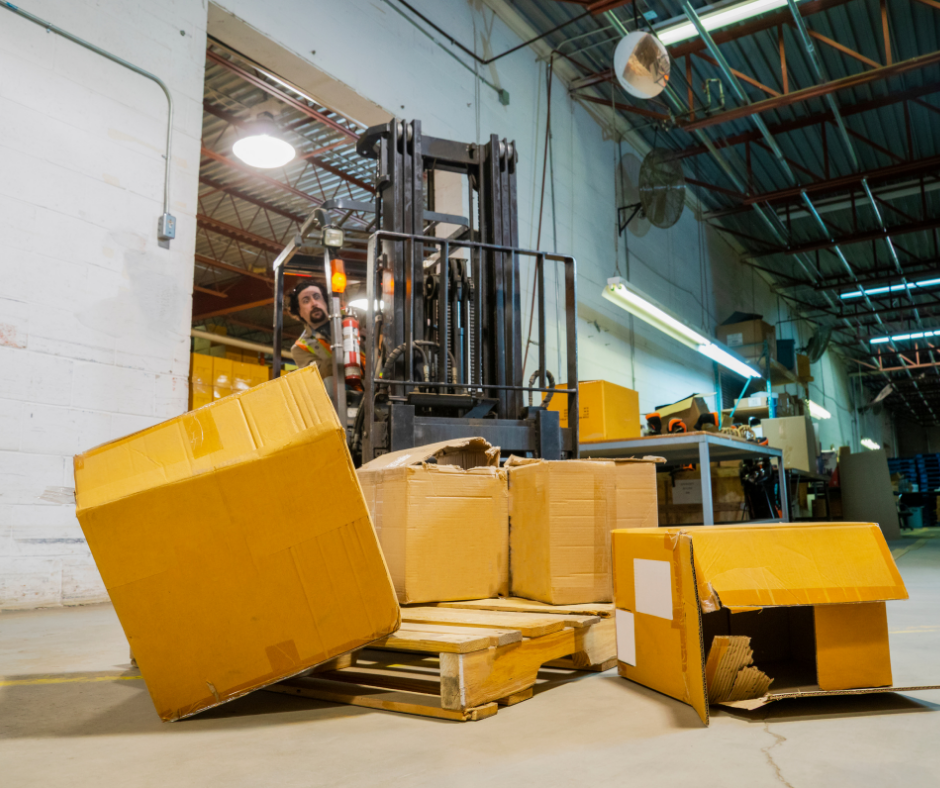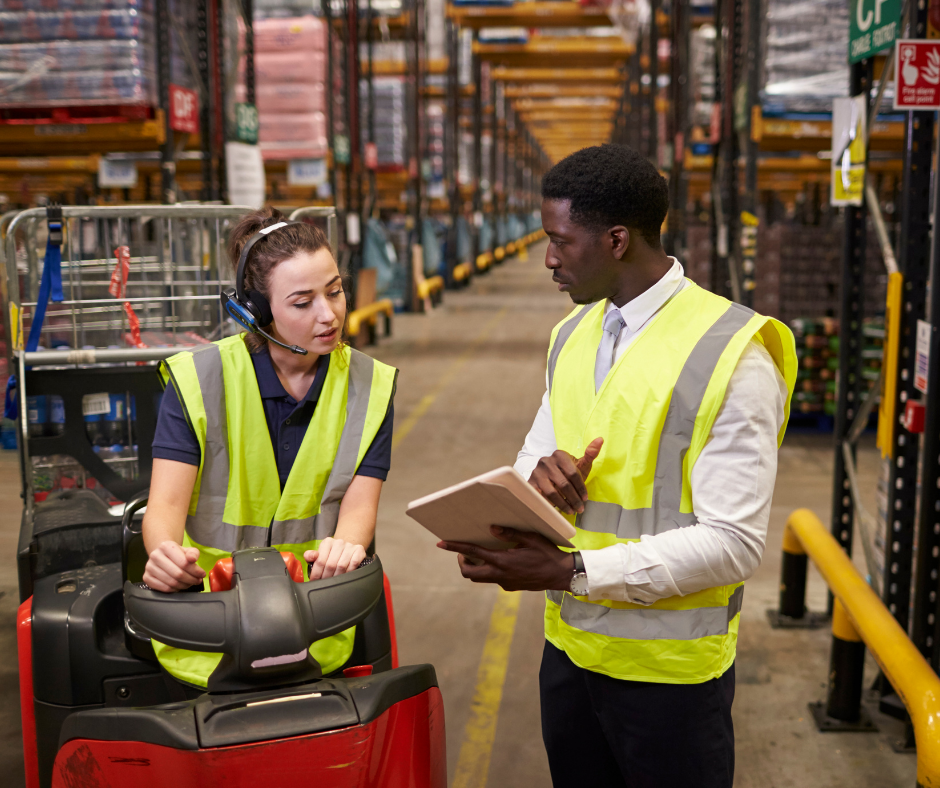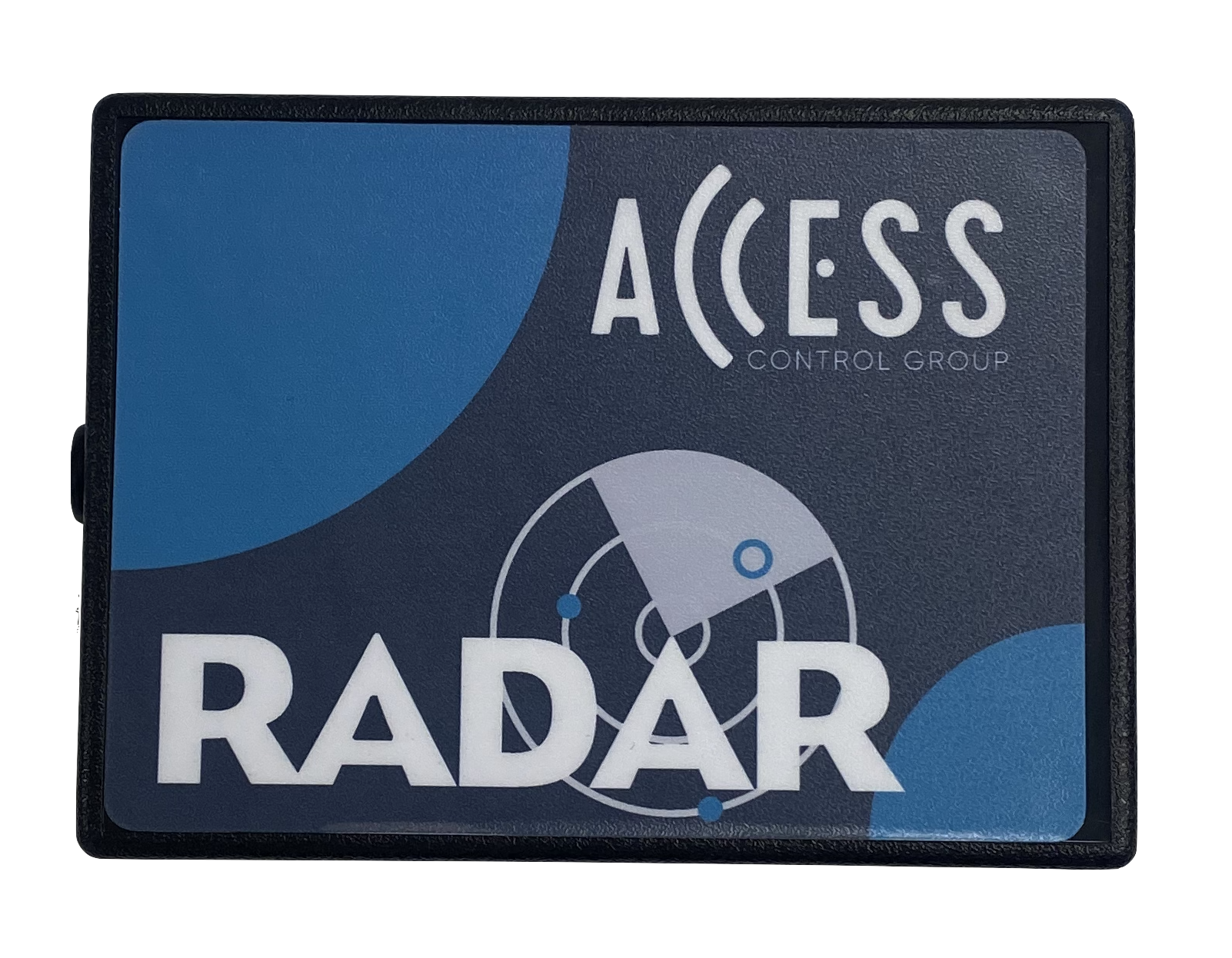Top 5 Benefits of Proximity Warning Systems
 Proximity warning alarm systems are being implemented in a variety of industrial use cases to improve worker safety. According to the National Safety Council, poor hazard communication and incorrect handling of powered industrial trucks (including forklifts) made it into OSHA’s Top 10 Violations of 2021. To combat this, industrial Internet of Things (IIoT) based warning systems are being utilized for collision avoidance. Most commonly used in distribution centers, manufacturing facilities, ports, and construction sites, proximity warning systems offer the following five benefits.
Proximity warning alarm systems are being implemented in a variety of industrial use cases to improve worker safety. According to the National Safety Council, poor hazard communication and incorrect handling of powered industrial trucks (including forklifts) made it into OSHA’s Top 10 Violations of 2021. To combat this, industrial Internet of Things (IIoT) based warning systems are being utilized for collision avoidance. Most commonly used in distribution centers, manufacturing facilities, ports, and construction sites, proximity warning systems offer the following five benefits.
.
1. Avoid Injuries & Fatalities
According to OSHA, the construction industry is responsible for nearly 20% of all worker deaths in the U.S. With such a staggering number, it is vital that construction sites and other industrial working environments implement an effective collision avoidance system. Through the use of sensors and wearables, the proximity between equipment, pedestrians, and machine operators can be measured in real time. If too close, an audio and visual cue can be implemented to avoid incidents.
.
 2. Minimize Collisions
2. Minimize Collisions
Incorrect handling of powered industrial trucks placed #9 in OSHA’s Top 10 Violations of 2021. With the use of heavy equipment like excavators and forklifts, it is important that operators are not only certified, but are paying close attention to their surroundings. In the case of a distribution or manufacturing facility, a forklift proximity warning system is essential for worker safety. Offering extreme proximity accuracy, workers can be alerted in real-time to avoid forklift collisions.
.
3. Reduce Costly Damages
Injuries and forklift collisions are extremely costly. Additionally, if not careful, assets such as raw materials or finished goods run the risk of being damaged. Installing a tag based proximity warning alert system is cost-effective and a worthy investment to avoid lawsuits and expensive repairs.
.
4. Improve Hazard Communication
 Some proximity warning systems provide three methods of communicating potential hazards: physical (vibrate), audio, and visual. By leveraging IoT sensors, industrial workplaces can gain peace of mind in receiving real-time alerts that can ultimately save lives and protect equipment. With industrial environments often being hectic, it is crucial to have an alerting system that is:
Some proximity warning systems provide three methods of communicating potential hazards: physical (vibrate), audio, and visual. By leveraging IoT sensors, industrial workplaces can gain peace of mind in receiving real-time alerts that can ultimately save lives and protect equipment. With industrial environments often being hectic, it is crucial to have an alerting system that is:
– Highly accurate
– Able to withstand harsh conditions
– Offers versatile alerting methods for accessibility and to ensure the alert isn’t missed.
.
5. Enhance Your Safety Program
Proximity warning systems minimize human error and make for a great extension to an industrial-based safety program. Often compliant with mandated safety regulations – proximity alarms allow for a comprehensive, reliable, and highly-accurate employee safety solution.
.
The Best Proximity Warning System Solution
 With over 20 years of expertise pioneering scalable asset management solutions, Access Control Group (ACG), has developed AWARE – the first collision avoidance system with telematics integration capabilities. Leveraging ultra-wideband (UWB) technology, AWARE is a wearable proximity warning device and equipment mount that delivers reliable proximity accuracy and is capable of penetrating hard-to-reach areas. AWARE offers the following key benefits:
With over 20 years of expertise pioneering scalable asset management solutions, Access Control Group (ACG), has developed AWARE – the first collision avoidance system with telematics integration capabilities. Leveraging ultra-wideband (UWB) technology, AWARE is a wearable proximity warning device and equipment mount that delivers reliable proximity accuracy and is capable of penetrating hard-to-reach areas. AWARE offers the following key benefits:
– Highly accurate, UWB-based RTLS
– Fully configurable alert and alarm ranges
– Easy 30-minute installation
– No calibration needed
– Long lasting, rechargeable batteries
– Compatible with any mobile asset
– Compliant with mandated safety regulations
.
 When paired with ACG’s RADAR, AWARE is capable of providing blind spot collision warnings to alert on objects located behind mobile equipment. RADAR is a backup warning system that is capable of identifying pedestrians, obstacles, and objects to avoid incidents of damaging equipment/assets that can result in costly downtime.
When paired with ACG’s RADAR, AWARE is capable of providing blind spot collision warnings to alert on objects located behind mobile equipment. RADAR is a backup warning system that is capable of identifying pedestrians, obstacles, and objects to avoid incidents of damaging equipment/assets that can result in costly downtime.
